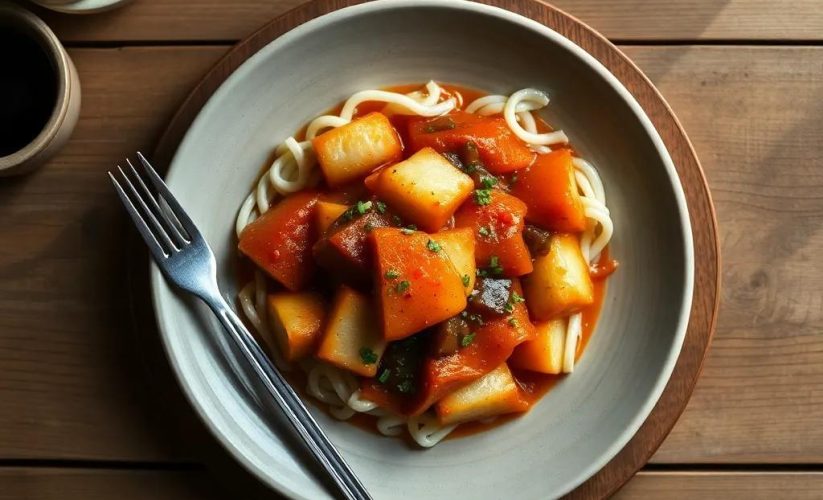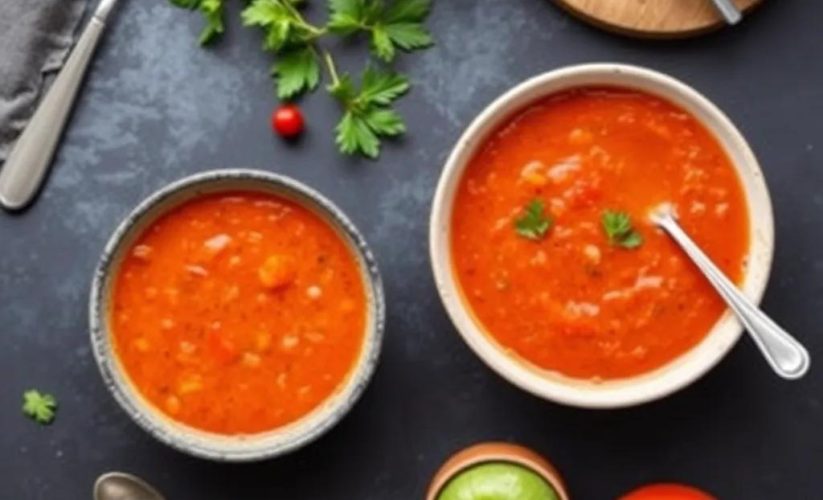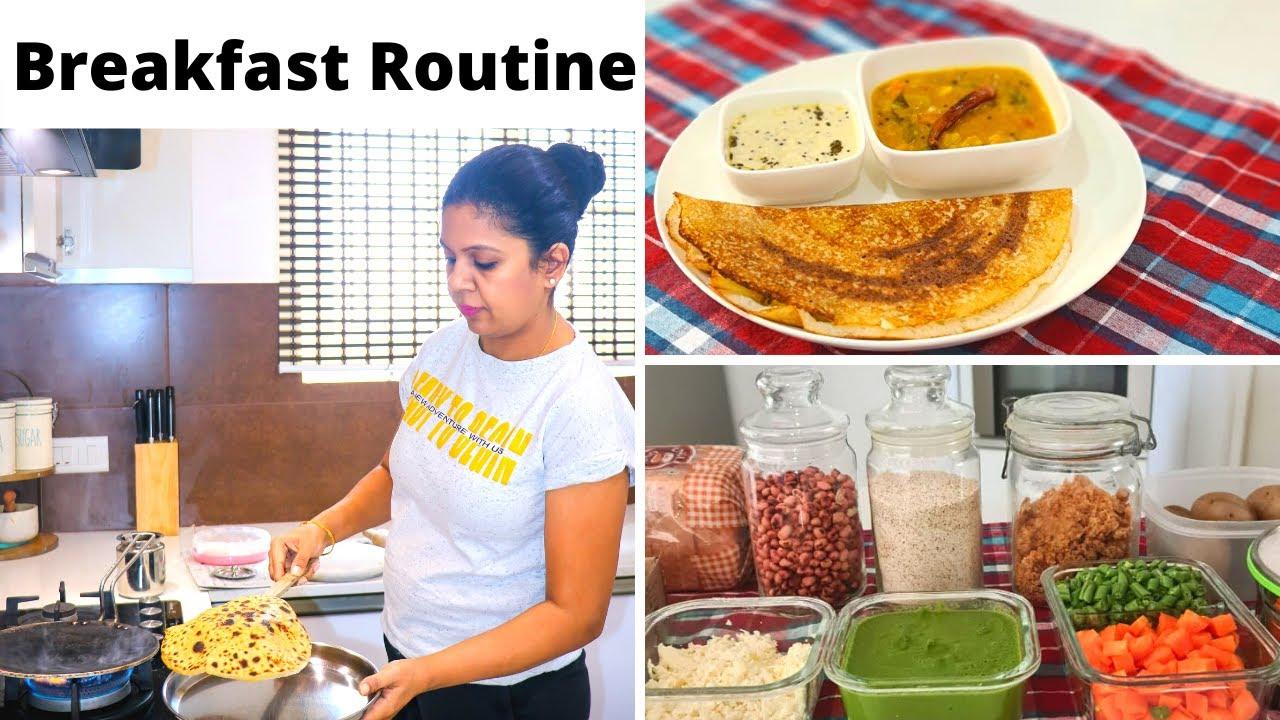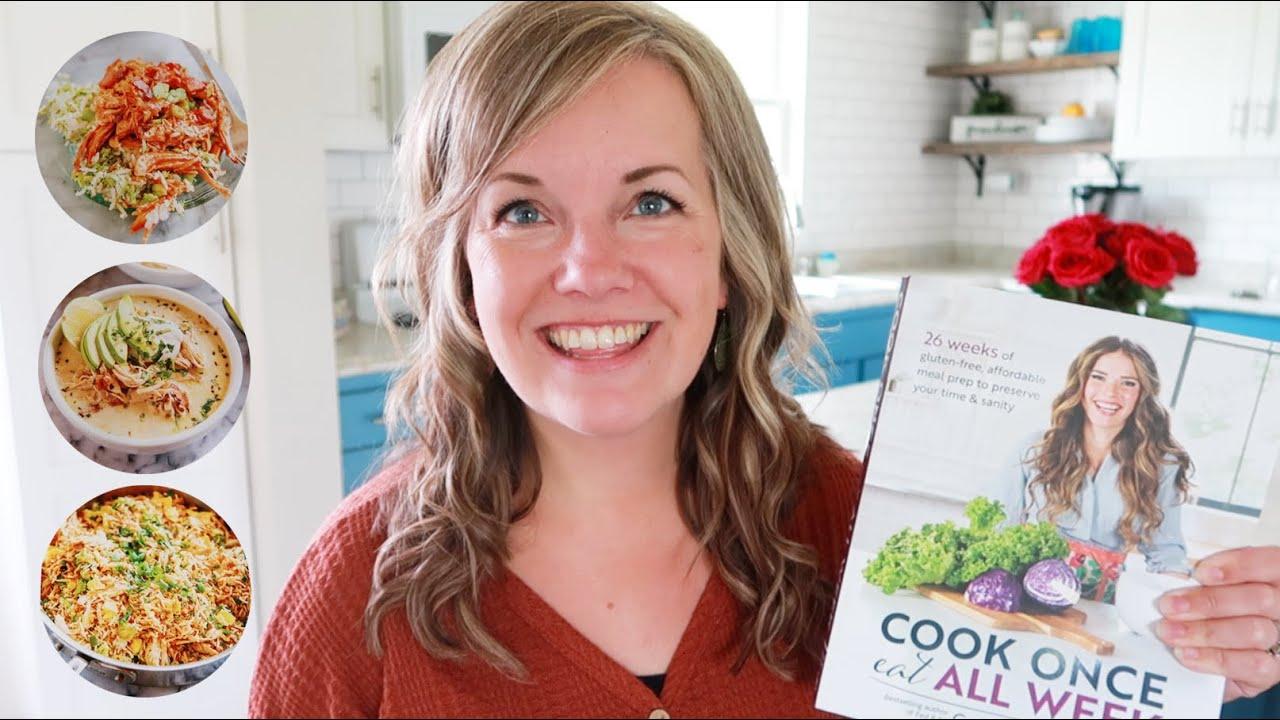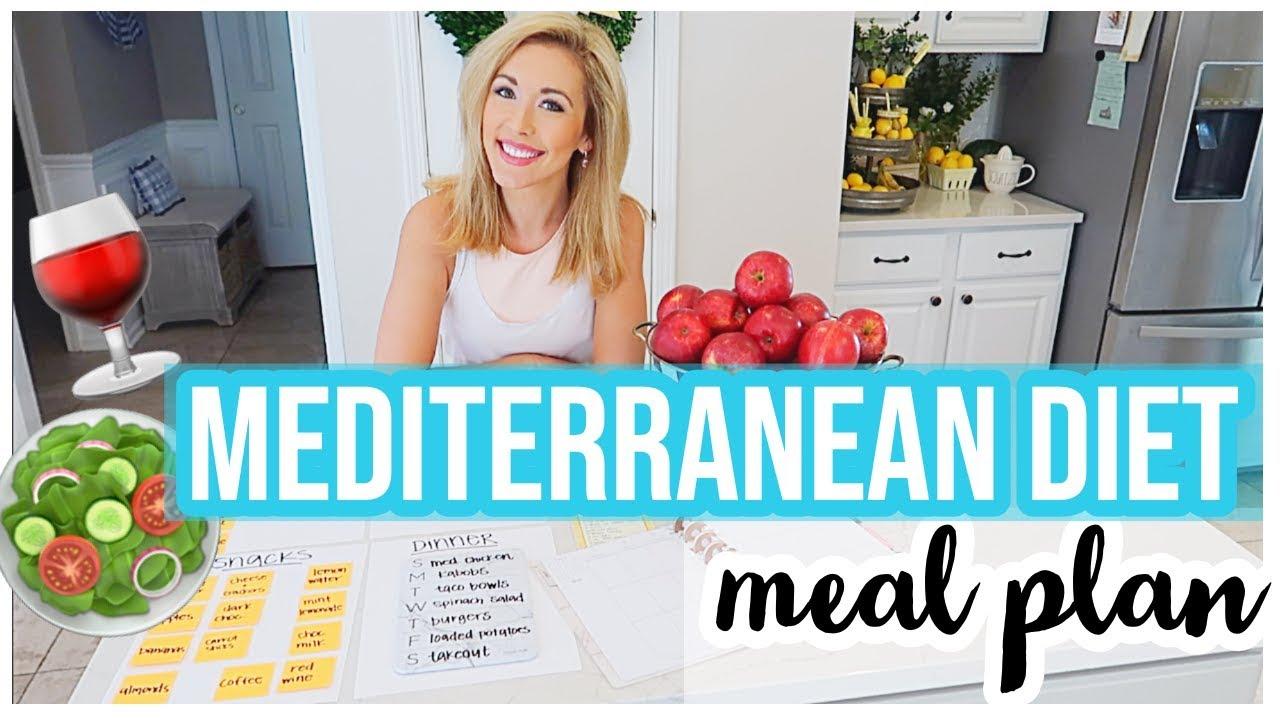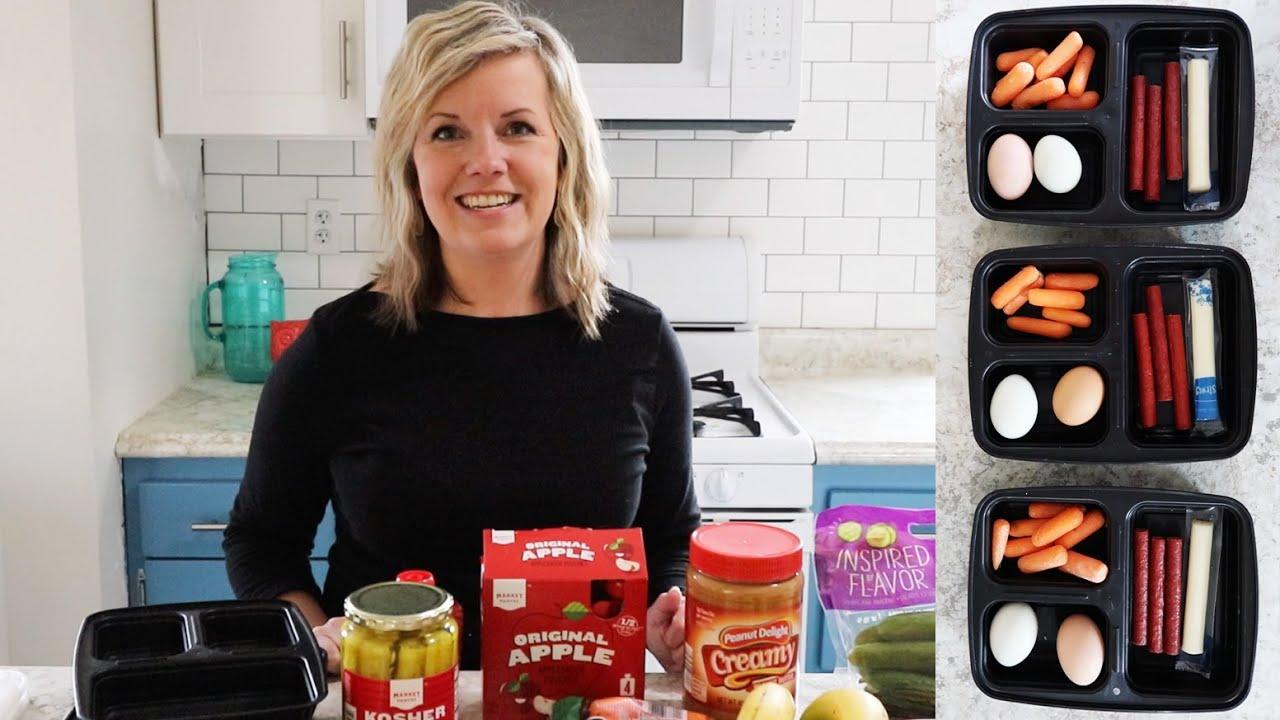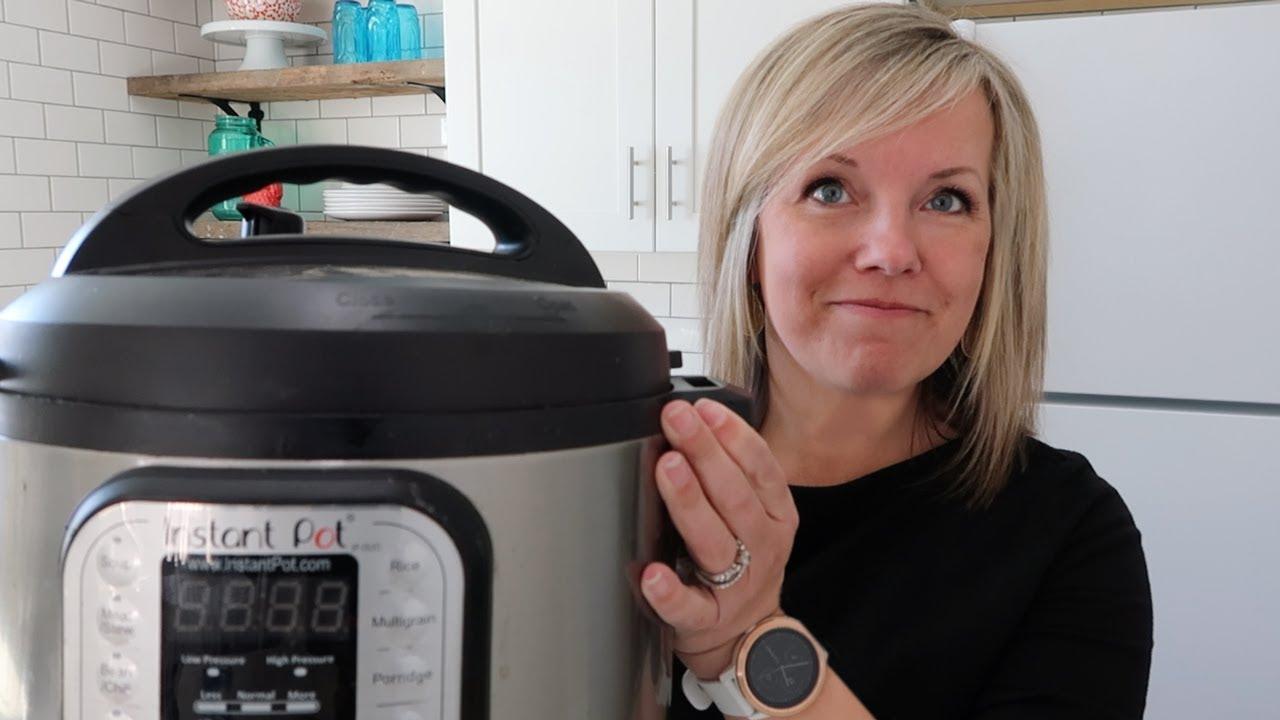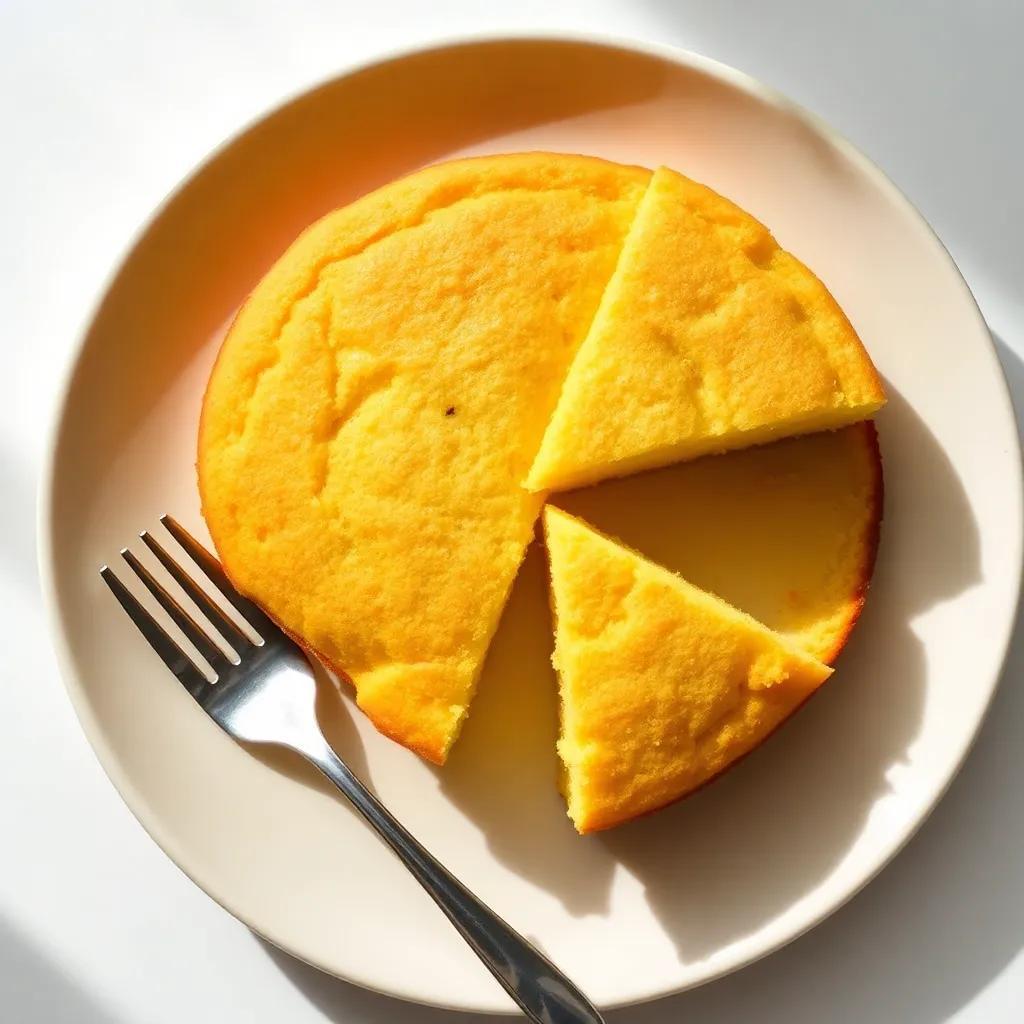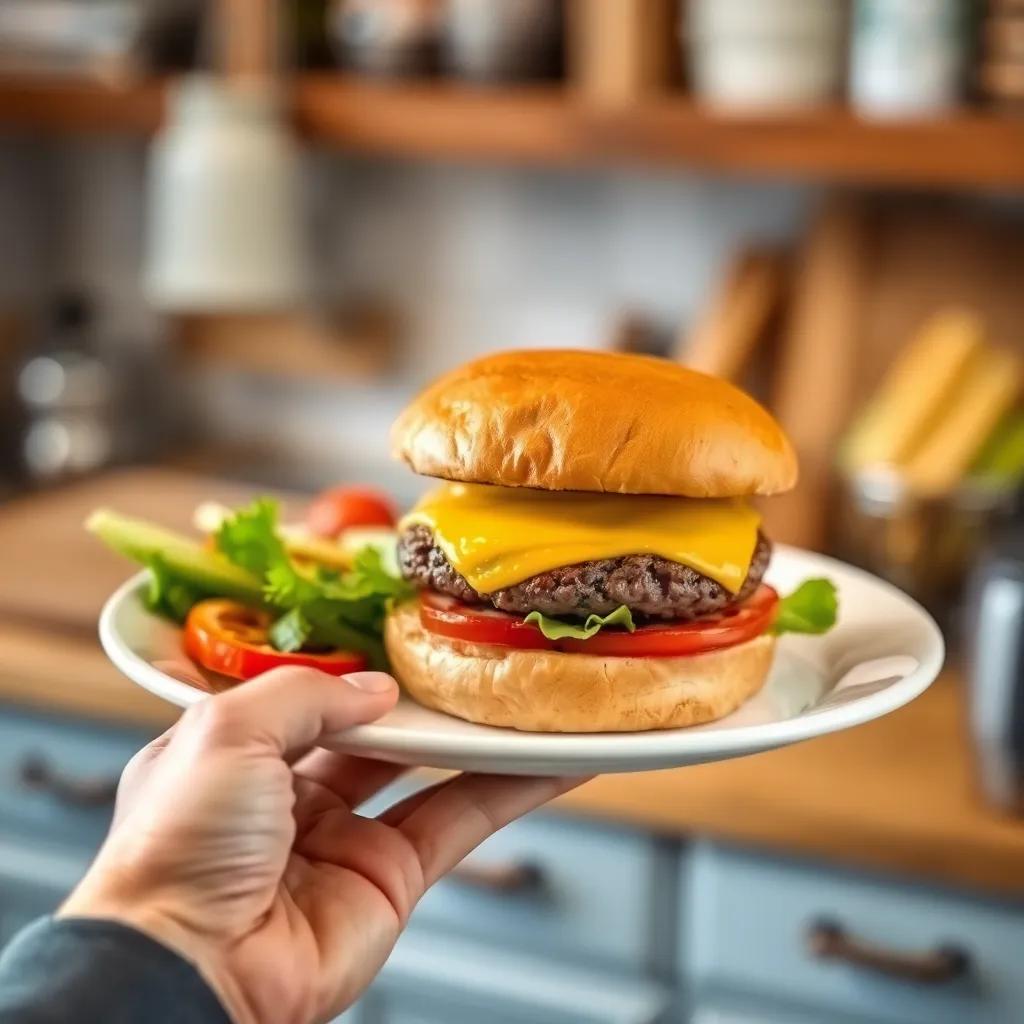The Ultimate Classic Meatloaf Recipe: Easy, Comfort & Flavor Boost
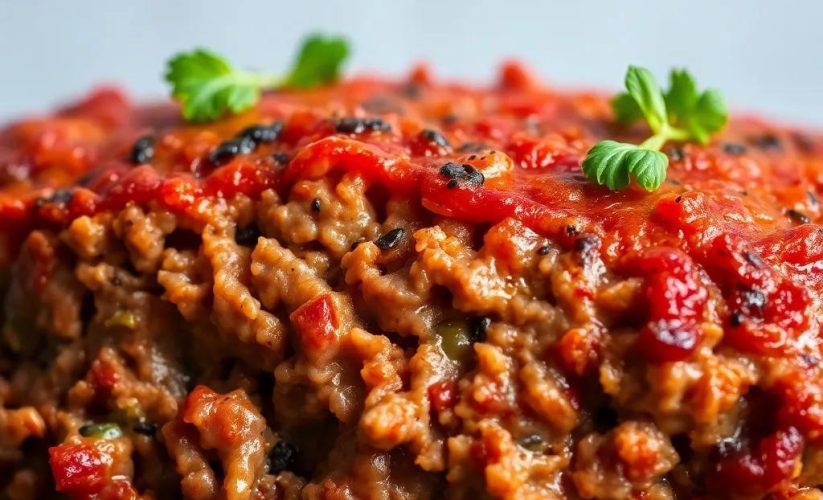
The Ultimate Classic Meatloaf Recipe: Easy, Comfort & Flavor Boost
🌍 Cuisine: American
⚙️ Difficulty: Easy
Ingredients
Nutrition Facts
450
Instructions
- Preheat your oven to 350°F (175°C). Lightly grease a 9×5-inch loaf pan or line it with parchment paper.
- In a small bowl, soak the breadcrumbs with the milk. Let it sit until the milk is absorbed, about 5 minutes.
- In a large mixing bowl, combine the ground beef, soaked breadcrumbs, chopped onion, minced garlic, and egg.
- Add ketchup, Worcestershire sauce, salt, black pepper, thyme, and smoked paprika (if using) to the meat mixture.
- Using your hands or a spoon, gently mix all the ingredients together until just combined. Do not overmix to keep the meatloaf tender.
- Transfer the mixture to your prepared loaf pan and shape it evenly. If preferred, shape the loaf freehand on a lined baking sheet.
- In a separate small bowl, mix together the ketchup, brown sugar, and Dijon mustard to create the glaze.
- Spread the glaze evenly over the top of the meatloaf.
- Bake in the preheated oven for about 60 minutes, or until the internal temperature reaches 160°F (71°C) and the meatloaf is cooked through.
- Remove from oven and let the meatloaf rest for 10 minutes before slicing. This helps it hold its shape and stay juicy.
- Slice and serve warm with your favorite sides.
Serving Suggestions
- Serve with creamy mashed potatoes and steamed green beans for a classic comfort meal.
- Pair with roasted carrots and a simple garden salad for a balanced plate.
- Top slices with melted cheddar cheese for an extra indulgent twist.
- Use leftover meatloaf in sandwiches with ketchup or mustard and crunchy pickles.
- Offer a side of roasted Brussels sprouts tossed with balsamic glaze.
- Serve with garlic bread or warm dinner rolls to soak up any juices.
- Add a drizzle of extra glaze or BBQ sauce for added flavor intensity.
Table of Contents
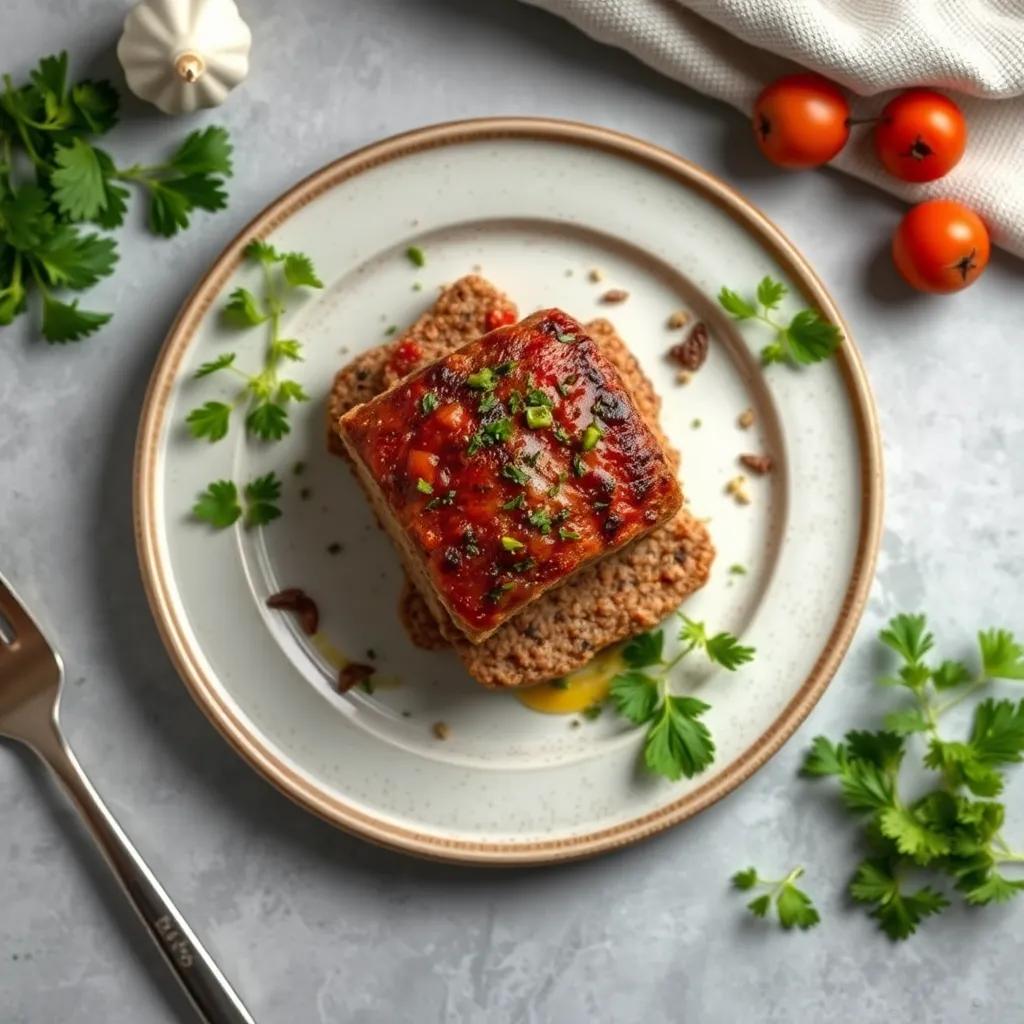
Intro
There’s something deeply satisfying about a classic meatloaf that makes it a timeless staple on dinner tables everywhere. This recipe brings together the cozy familiarity of home cooking with a subtle boost of flavor that transforms the everyday into something special, without adding complexity. Whether you’re feeding a family looking for a hearty, comforting meal or hosting friends who appreciate a dish made with care, this meatloaf fits perfectly into any occasion where warmth and simplicity matter most.
What makes this recipe truly inviting is its balance—rich and tender, yet easy enough to prepare on a weeknight after a busy day. It strikes that sweet spot between old-school comfort food and a gently elevated experience, thanks to a flavorful glaze and thoughtful seasoning. The meatloaf’s inviting aroma and golden glaze promise a satisfying, wholesome meal that pairs wonderfully with a range of sides, making it a versatile choice for everything from casual family dinners to a relaxed Sunday gathering.
As you embark on making this ultimate classic meatloaf, you’re stepping into a tradition that welcomes hands-on involvement without requiring culinary expertise. The process invites you to engage with simple techniques, rewarding you with delightful results. It’s the kind of dish that encourages sharing — both at the table and in the stories that unfold around it. So, whether it’s your first time or you’re revisiting a well-loved favorite, this recipe offers a reliable, delicious way to bring comfort and flavor to your kitchen and those you serve.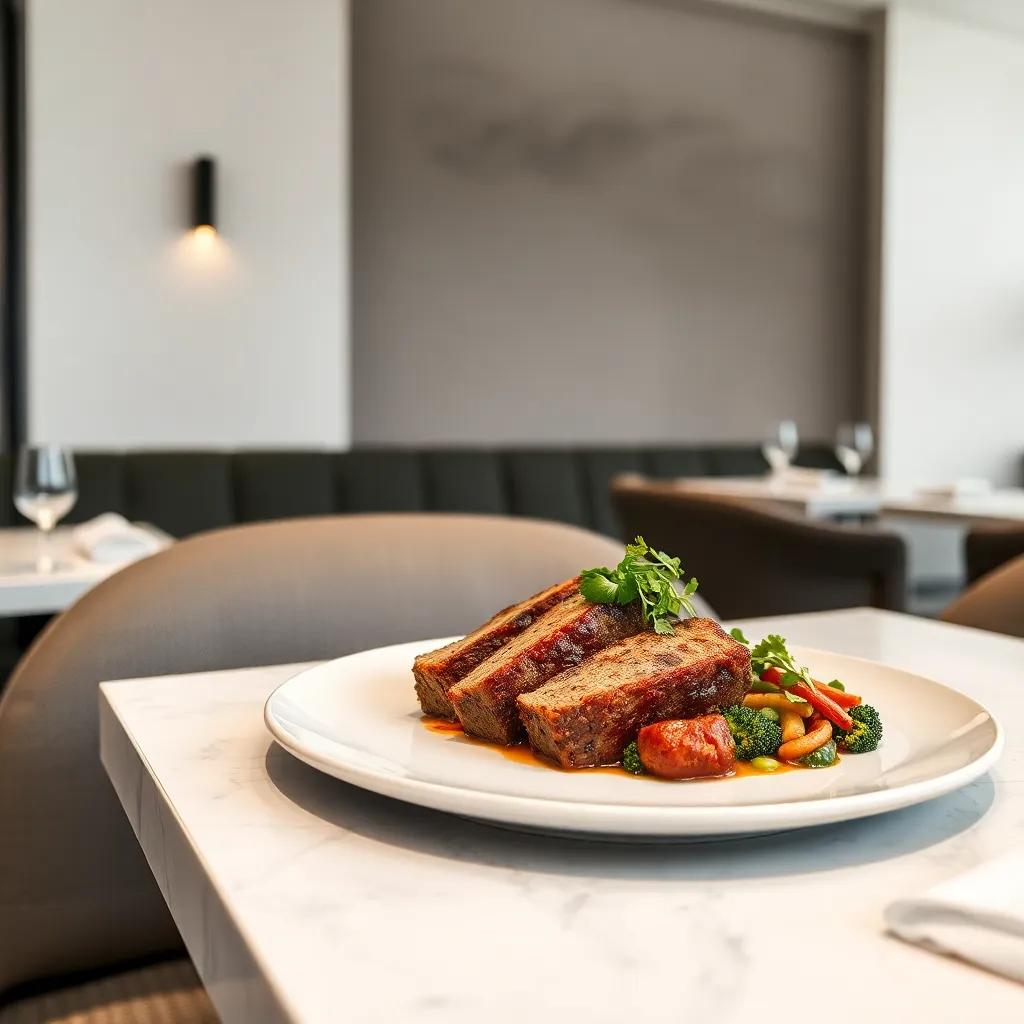
Ingredient Notes
One of the joys of making this classic meatloaf lies in selecting the right ingredients that bring both flavor and texture to the dish. Here are a few standouts to keep in mind as you shop and prepare:
Ground beef (80% lean): This specific lean-to-fat ratio is key for achieving the perfect balance between moistness and richness. Too lean, and the meatloaf risks drying out; too fatty, and it can become greasy. When buying, opt for freshly ground beef from a trusted butcher or the refrigerated section close to your cooking day for the best flavor and texture. If unavailable, ground chuck is a great alternative. For a lighter version, consider mixing half ground turkey or chicken with beef, but be aware this may slightly alter the juiciness.
Breadcrumbs: Acting as the structural backbone, breadcrumbs absorb the milk to gently bind the meat, while keeping the loaf tender rather than dense. Traditional plain breadcrumbs work well, but for an extra subtle flavor boost, panko breadcrumbs add a lighter texture without making the loaf crumbly. If you need a gluten-free option, crushed gluten-free crackers or oats finely ground into crumbs can stand in beautifully.
Worcestershire sauce: This pantry essential brings a savory umami depth that quietly amplifies the meat’s natural flavors without overpowering. When picking Worcestershire sauce, look for those that include anchovies and are aged for richer complexity. If you’re short on this ingredient, a splash of soy sauce or tamari can offer a similar savory hit, though it may slightly change the flavor profile.
Smoked paprika (optional): While not mandatory, this subtle spice adds a gentle smokiness that elevates the meatloaf’s complexity, giving a whispered background warmth that complements the ketchup glaze beautifully. It’s worth investing in a quality smoked paprika, preferably Spanish “pimentón,” for its robust character. If you don’t have smoked paprika on hand, a pinch of regular paprika combined with a tiny dash of liquid smoke (used sparingly) can mimic the effect.
By paying attention to these ingredients and their origins, you set yourself up for a meatloaf that delivers on tradition with a flavorful, comforting twist—one bite at a time.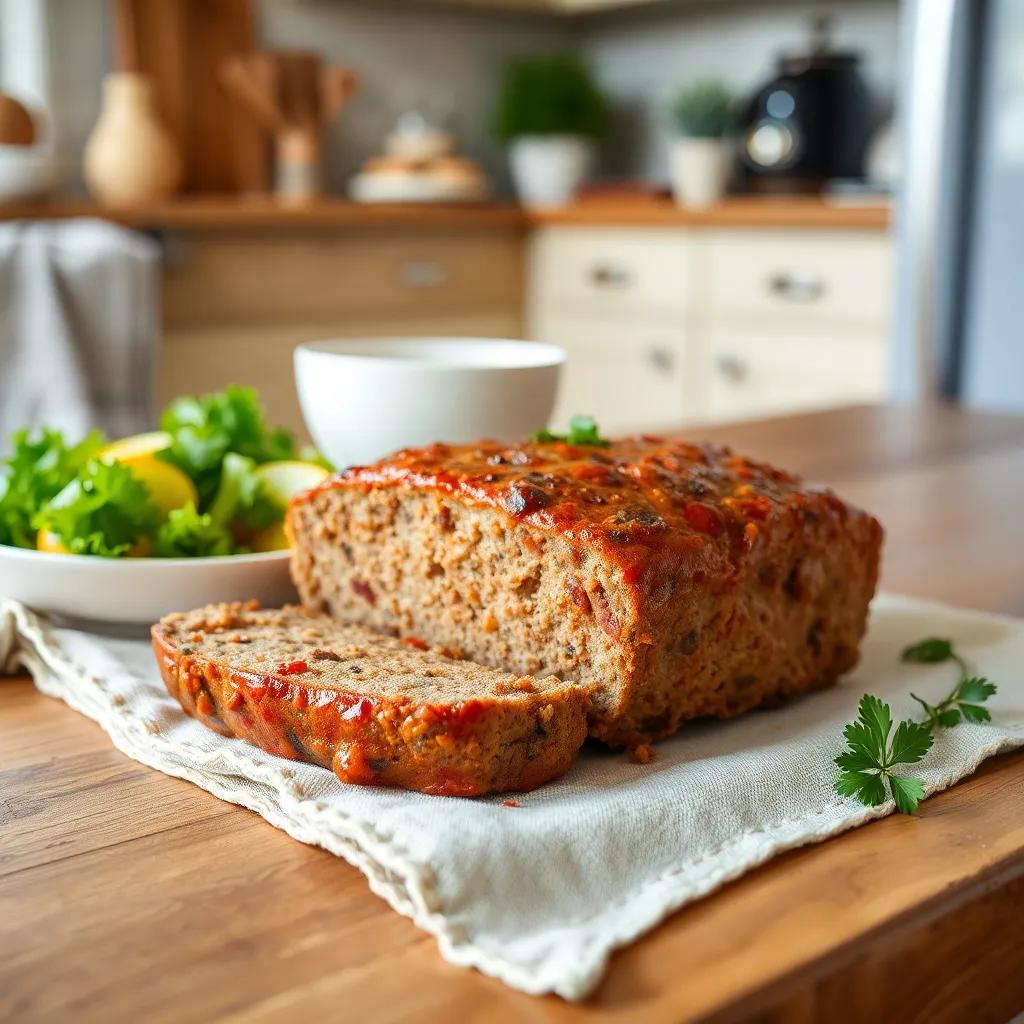
Tips & Variations
Elevate your meatloaf game with a few insider tips and creative twists that keep this classic fresh and exciting. First, handling the mixture gently is crucial—overmixing toughens the meat, while under-mixing might leave it crumbly. Use your hands for a light but thorough blend, just until everything comes together. When shaping, slightly taper the ends of the loaf to promote even cooking and a more attractive presentation.
For a moisture upgrade, try adding finely grated vegetables like carrot or zucchini. They sneak in extra nutrients and juiciness without overpowering the flavor. Another way to boost tenderness is by swapping whole milk for buttermilk or even sour cream when soaking the breadcrumbs—these add subtle acidity that tenderizes the meat and deepens the flavor profile.
Looking to customize the flavor? Experiment with fresh herbs like parsley, sage, or rosemary to replace or complement the dried thyme. You can also mix in a handful of shredded cheese such as sharp cheddar or mozzarella right into the meat for a melty surprise in every bite. If you like your meatloaf with a kick, fold in a small diced jalapeño or a dash of cayenne pepper to introduce a gentle heat.
Dietary adaptations are easier than you might think. To make this recipe gluten-free, substitute the regular breadcrumbs with gluten-free crumbs or crushed rice crackers. Vegan or plant-based versions can use lentils, mushrooms, or textured vegetable protein as a base, combined with flax or chia seeds to mimic the egg’s binding effect. For the glaze, swap Worcestershire sauce (which often contains anchovies) with a vegan alternative or soy sauce, and use plant-based milk in place of dairy.
Finally, switch up the glaze to suit your mood or occasion. A tangy barbecue sauce glaze adds smoky depth, while a blend of maple syrup and mustard offers a sweet-savory edge perfect for fall dinners. Whatever variation you choose, this meatloaf remains a reliable foundation for creativity, transforming a beloved comfort food into a personalized masterpiece.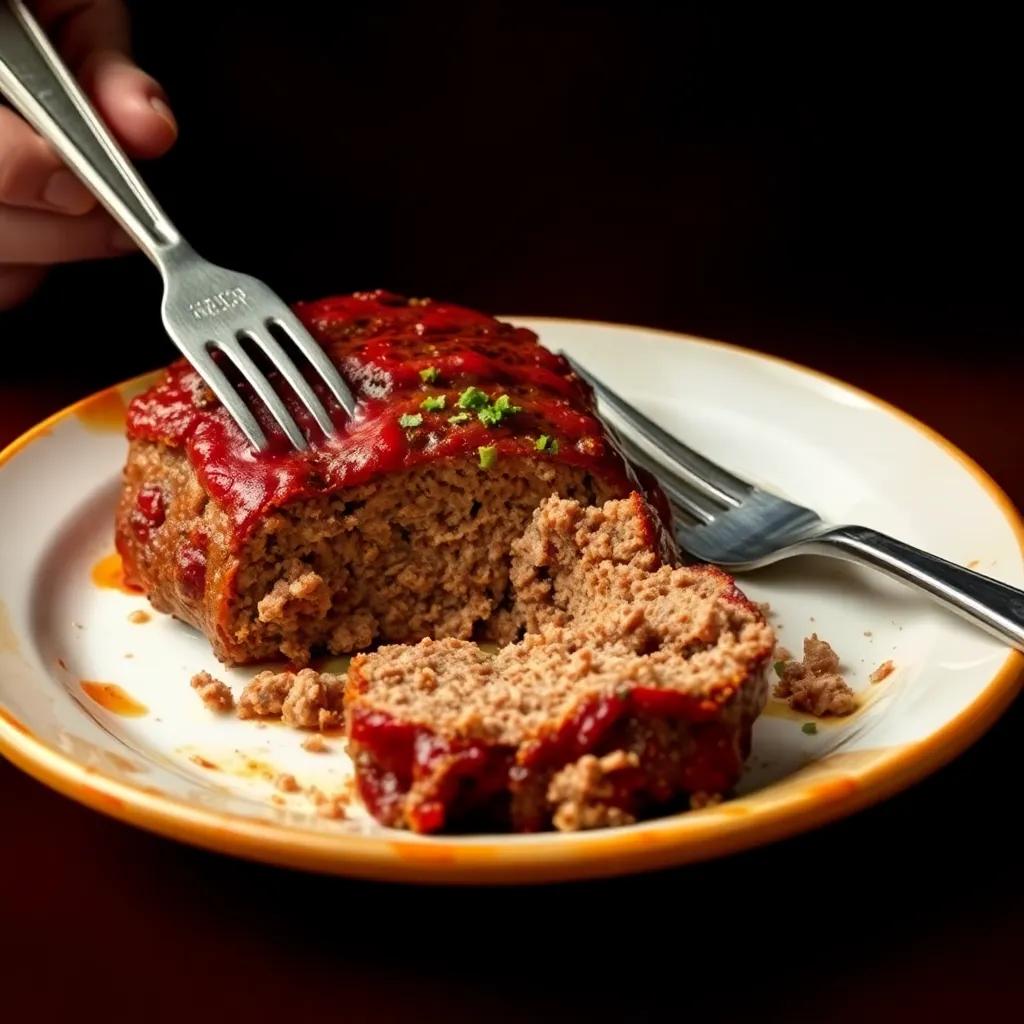
Leftovers & Storage
Leftover meatloaf is a gift that keeps on giving, making it an ideal candidate for next-day lunches or simple dinners when time is tight. To preserve its tender texture and rich flavor, proper storage is key. After your meatloaf has cooled completely—this helps prevent condensation inside your container—wrap it tightly in aluminum foil or plastic wrap. Alternatively, transfer slices or the whole loaf to an airtight container to keep it fresh and prevent it from absorbing any fridge odors.
In the refrigerator, your meatloaf will stay deliciously fresh for up to 3 to 4 days. When ready to eat, reheat slices gently in the microwave, oven, or stovetop covered with foil or a lid to retain moisture and avoid drying out. For best results, reheat at a moderate temperature (around 300°F/150°C) until warmed through.
If you want to keep your meatloaf even longer, freezing is a great option. Wrap the loaf tightly in two layers of plastic wrap or foil, or place individual slices between parchment paper in a freezer-safe container or heavy-duty zip-top bag to prevent freezer burn. Properly stored, meatloaf freezes well for up to 3 months without significant loss of flavor or texture.
When thawing frozen meatloaf, plan ahead and transfer it to the refrigerator overnight. Avoid thawing at room temperature to prevent bacterial growth. Reheat thoroughly once thawed, and consider adding a splash of broth or a brush of extra glaze to revive that signature moistness.
For meal prepping, slice your meatloaf before storing so you can portion out exactly what you need for grab-and-go meals, sandwiches, or quick dinners. Leftover slices lend themselves beautifully to reheats, and even cold slices make hearty sandwich fillings or salad toppings.
By paying attention to these storage tips, your ultimate classic meatloaf will stay as comforting and flavorful the second time around, saving you time and delighting your taste buds again and again.
Behind the Recipe
The classic meatloaf is deeply woven into the fabric of American home cooking, carrying with it decades of family traditions, regional twists, and nostalgic memories. Its roots trace back to Europe’s minced meat dishes, but in the United States, meatloaf emerged as an iconic comfort food during the Great Depression—an era when stretching ingredients and feeding a family on a budget were essential. The humble loaf, made with simple pantry staples, became a symbol of resourcefulness and warmth around the dinner table.
For many, meatloaf is more than just a meal; it’s a portal to home. This recipe embraces that sentiment while inviting a subtle flavor boost, reflecting a modern approach to a beloved classic. It’s meant to evoke the tender moments of childhood dinners and cozy Sunday suppers shared with loved ones, yet it also speaks to today’s home cooks who want convenience without sacrificing taste.
Personally, I remember my first real introduction to meatloaf through a grandmother who mastered the art of turning ordinary ingredients into something extraordinary by adding just a touch of Worcestershire sauce and a glossy glaze on top. That combination transformed the loaf from simple to spectacular, sparking an obsession with perfecting the balance of seasoning and texture. This recipe honors that same spirit by keeping things straightforward yet flavorful — a nod to tradition coupled with a gentle nudge toward culinary confidence.
In essence, this ultimate classic meatloaf recipe is a celebration of comfort food’s enduring charm: its ability to adapt, to comfort, and to bring people together, all wrapped up in a warm, savory package that feels like a culinary hug from the past, perfectly suited for the present.
FAQ
Can I make this meatloaf gluten-free?
What’s the best way to store leftover meatloaf?
Can I use ground turkey or chicken instead of beef?
How do I reheat meatloaf without drying it out?
Can I prepare the meatloaf mixture ahead of time?
What are some tasty mix-ins or toppings to customize this meatloaf?
Is it okay to use instant oats instead of breadcrumbs?
Final Thoughts
There’s something truly timeless about a hearty, flavorful meatloaf that wraps you in cozy comfort with every bite. This ultimate classic recipe brings together ease and taste in a way that feels like home on a plate—perfect for those nights when you crave something familiar yet satisfying.
If you give this recipe a try, we’d love to hear how it turned out! Feel free to leave a comment, share your rating, or even tell us about your own special twist. After all, every great dish is better when it’s part of a conversation. Happy cooking!

